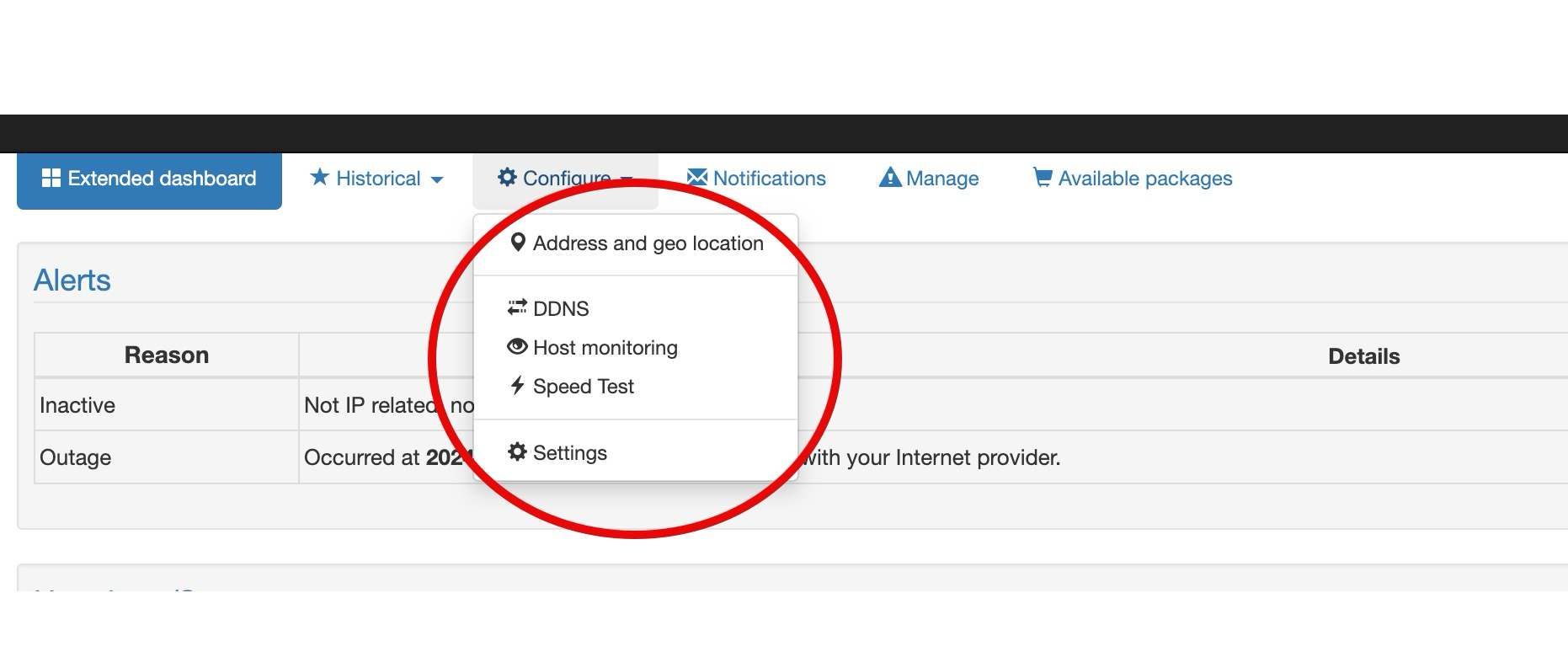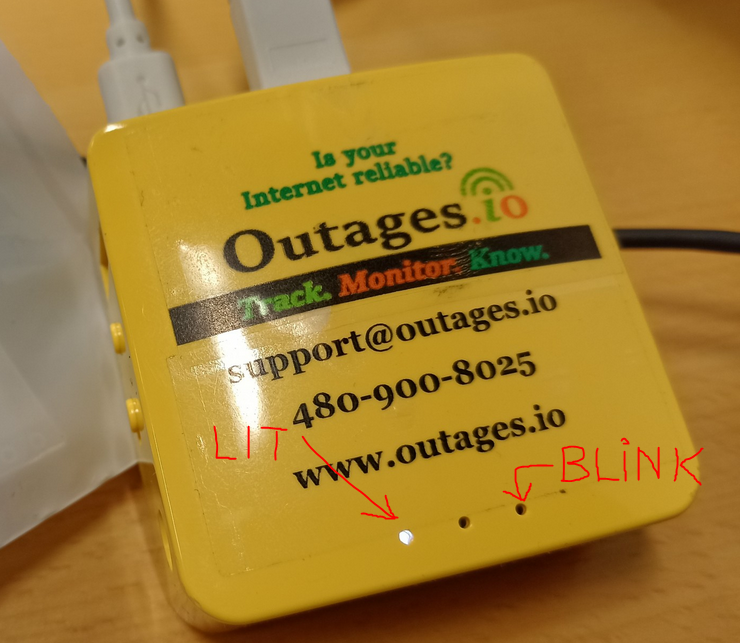OutagesIO features, agent or service questions
Ask how a feature works, how agents work, anything related to non specific agent platforms
147
Topics
1.2k
Posts
Automatically monitor your Internet service and provider with alerts to problems
Track Internet disconnections, provider outages with historical data, and automated speed testing.
For Windows, Linux, ARM64, ARMa7. Learn more by visiting www.outagesio.com
Notice: If you created an account on app.outagesio.com, simply use the same credentials to log in here.
Track Internet disconnections, provider outages with historical data, and automated speed testing.
For Windows, Linux, ARM64, ARMa7. Learn more by visiting www.outagesio.com
Notice: If you created an account on app.outagesio.com, simply use the same credentials to log in here.
-
-
-
-
-
-
-
-
Subscription disappeared
Solved -
-
-
-
Migrating networks
Solved -
-
-
-
-
Two Agents with one license
Solved -
-
-




